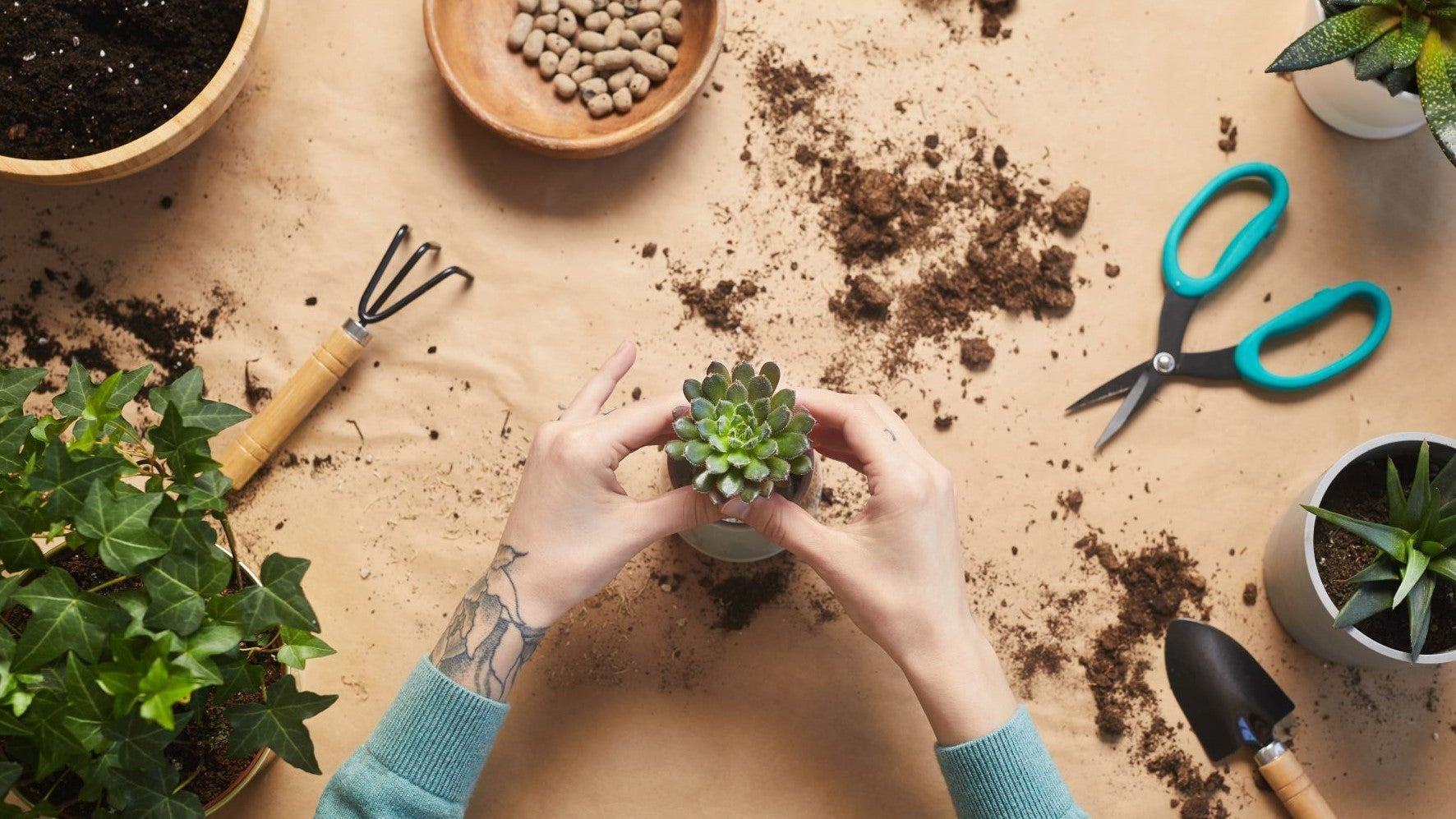
Spring Tips For Indoor Plants
07 Sep, 2022
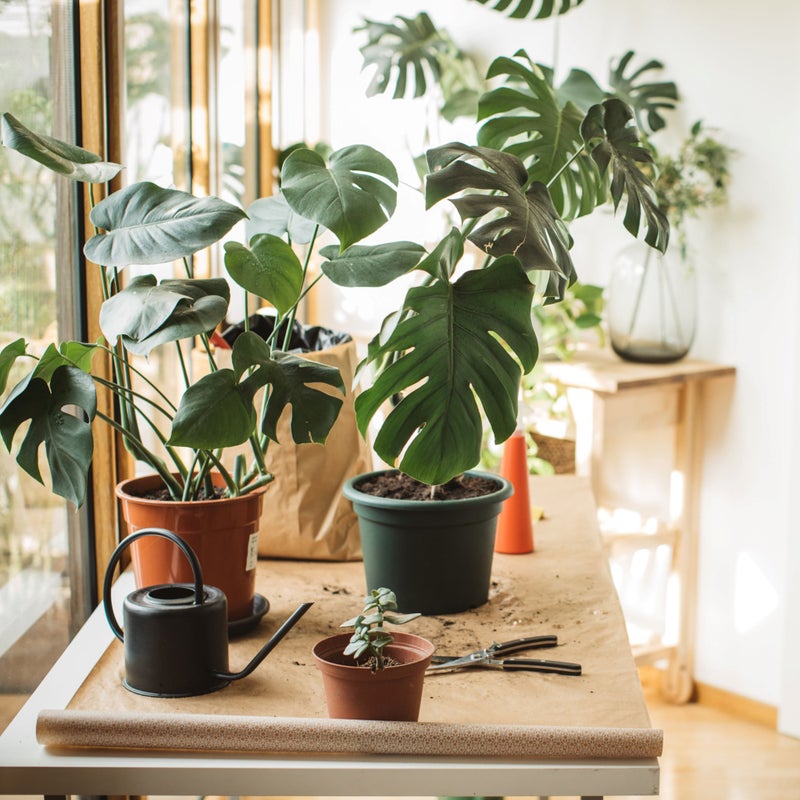
Your Plants Are Hungry! Give Them Some Food
If you haven't recently repotted your plant, it's time to resume regular fertilising to give your plants some extra nutrients to provide energy for new growth. We suggest a liquid fertiliser like Kings House Plant Liquid Food which has been specially formulated to give your plant everything it needs for healthy foliage and vibrant flowers.
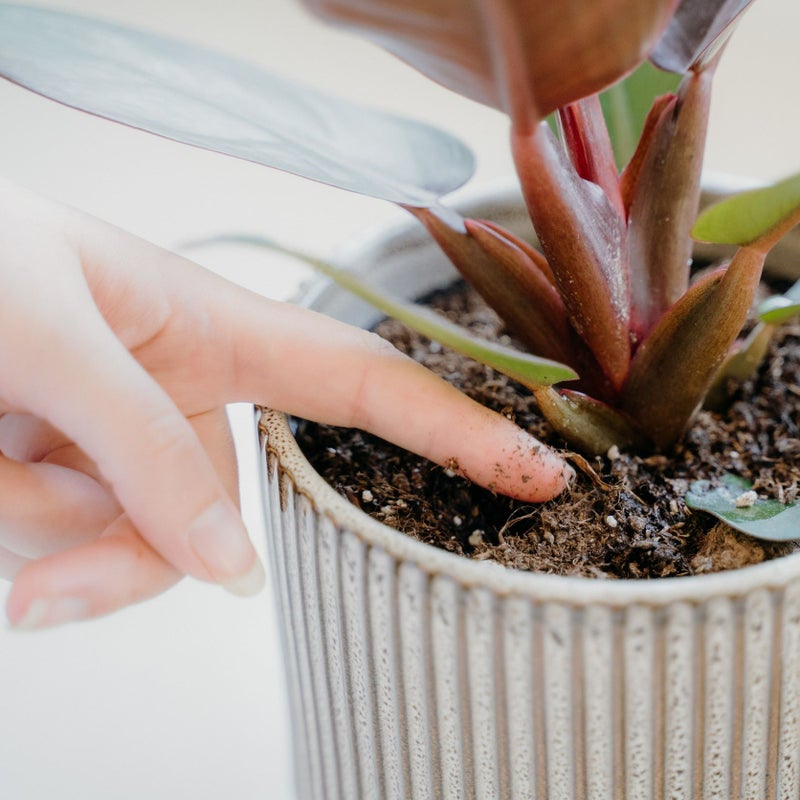
Change Your Winter Watering Habits
As the temperatures heat up, your plants will start absorbing water much quicker than they did in winter, and excess water will evaporate from the soil and saucers. Break those habits of watering every "X" days and instead check your plants every few days by poking your finger into the soil to see if it's damp. During spring you want to avoid letting your soil completely dry out, so make sure you keep an eye on them regularly and adjust watering to suit your plant.
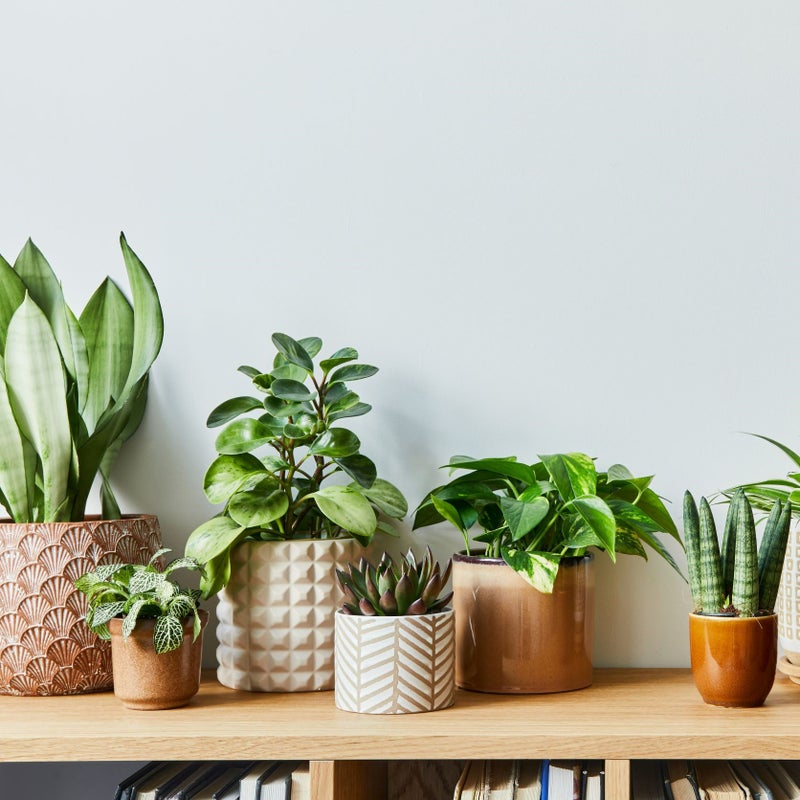
Move Your Plants Around
Spring is a good time to think about where your plants are positioned. Did you move those topicals closer to the window in winter to get more light? Did you move your foliage plants away from the heaters to avoid leaf burn? Spring daylight hours get longer, so your plants are likely going to want a new spot in your home to make the most of the bright light. Most importantly, move your plants to spots that are going to bring you the
most joy.
Does your plant need repotting?
Step By Step
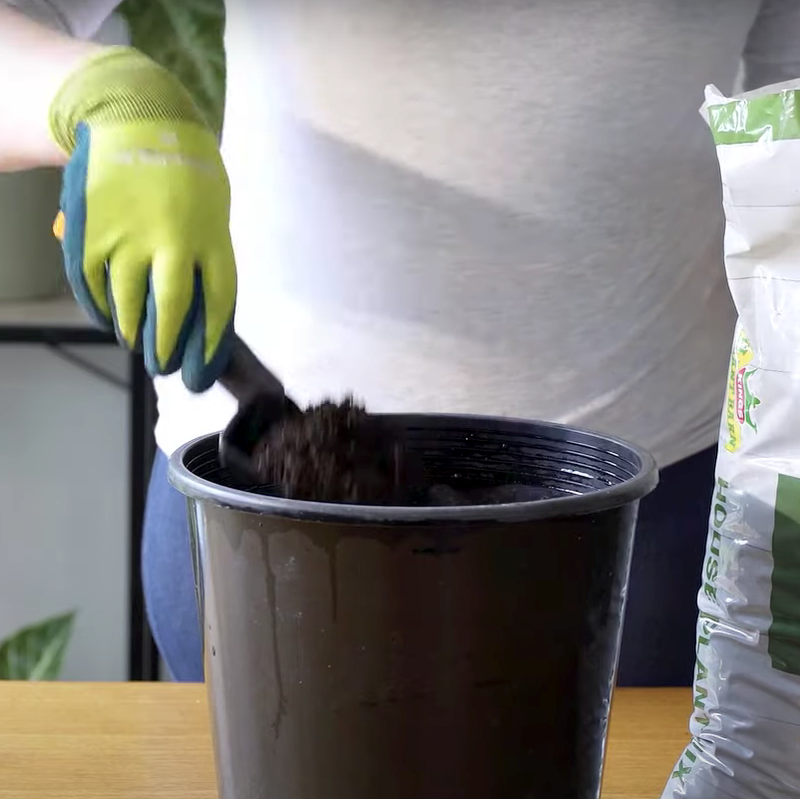
1. Prepare your new pot
Most plants prefer to be kept slightly root bound, so only replant them into a pot that is up to 5cm bigger than
their current one. Fill your new pot to about ¾ with free-draining potting mix like Kings House Plant Mix. A good trick is to press your existing pot into the soil to make the perfect-sized hole to plant into.
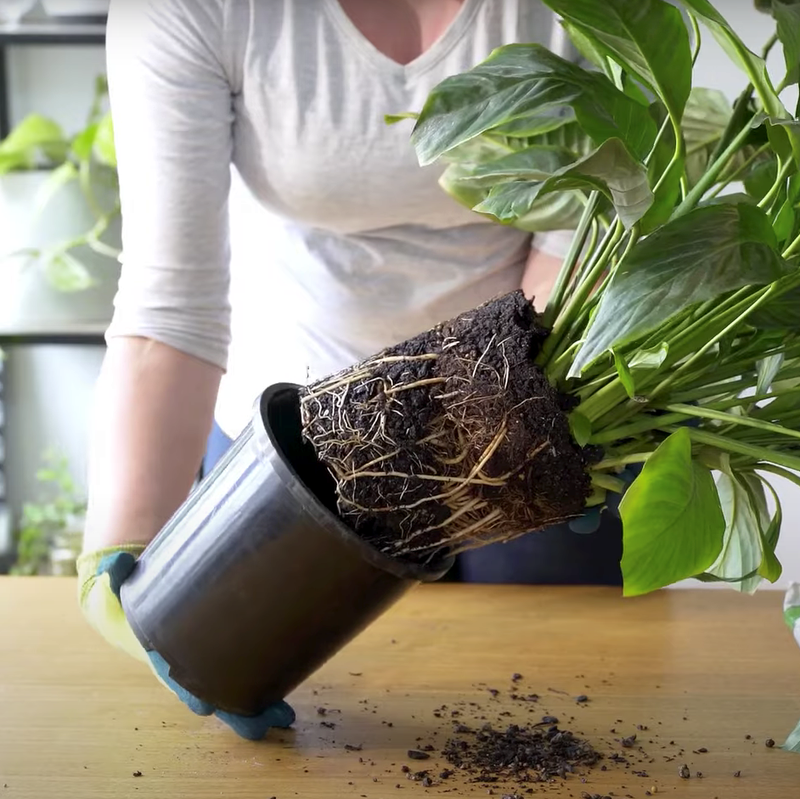
2. Remove plant from its old pot
Gently squeeze the plastic pot so the soil loosens and lift your plant gently out. You may need to turn the pot upside down with one hand secured around the top of the soil, and gently pull the pot away from your plant.
If you’re repotting a plant that has become rootbound, or is in a large, heavy pot, you can loosen the roots with a flush of water to wash away the outer soil. You will need to untangle and trim back any long roots that were rootbound.
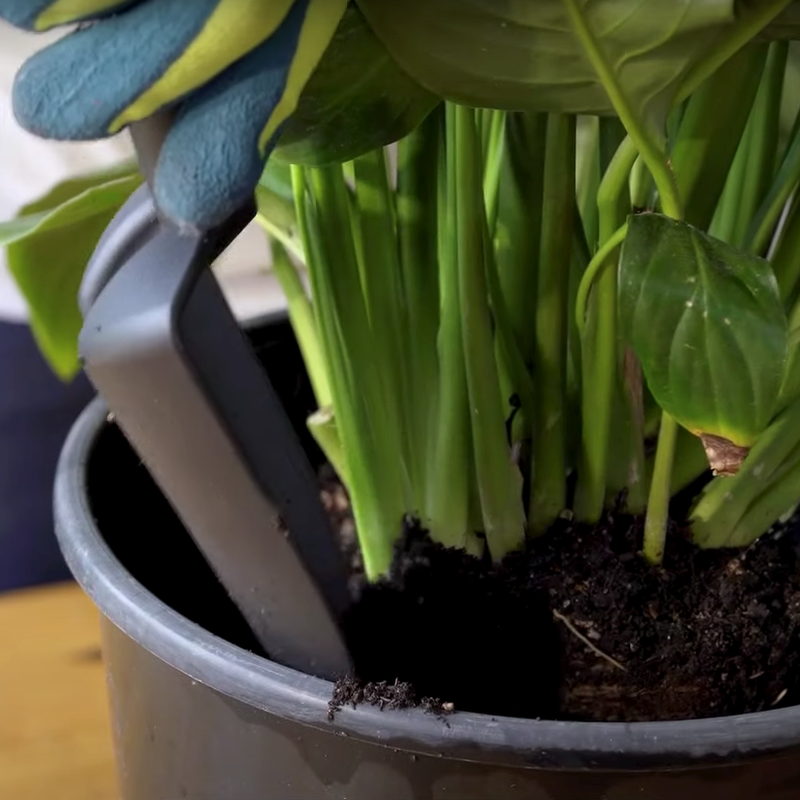
3. Pop your plant into its new home
Gently place your plant into the soil of your new pot. You’ll want to have about 3-4cm of space between the top lip of the pot and the soil, otherwise, water will run off the soil before it can soak in. Once your plant is perfectly positioned, fill the rest of the pot with your new mix ensuring all the roots are covered. Always water deeply after planting and wait at least a month before feeding with liquid houseplant food.